MDVR and more: Navixy and MettaX integration for unified telematics in one platform
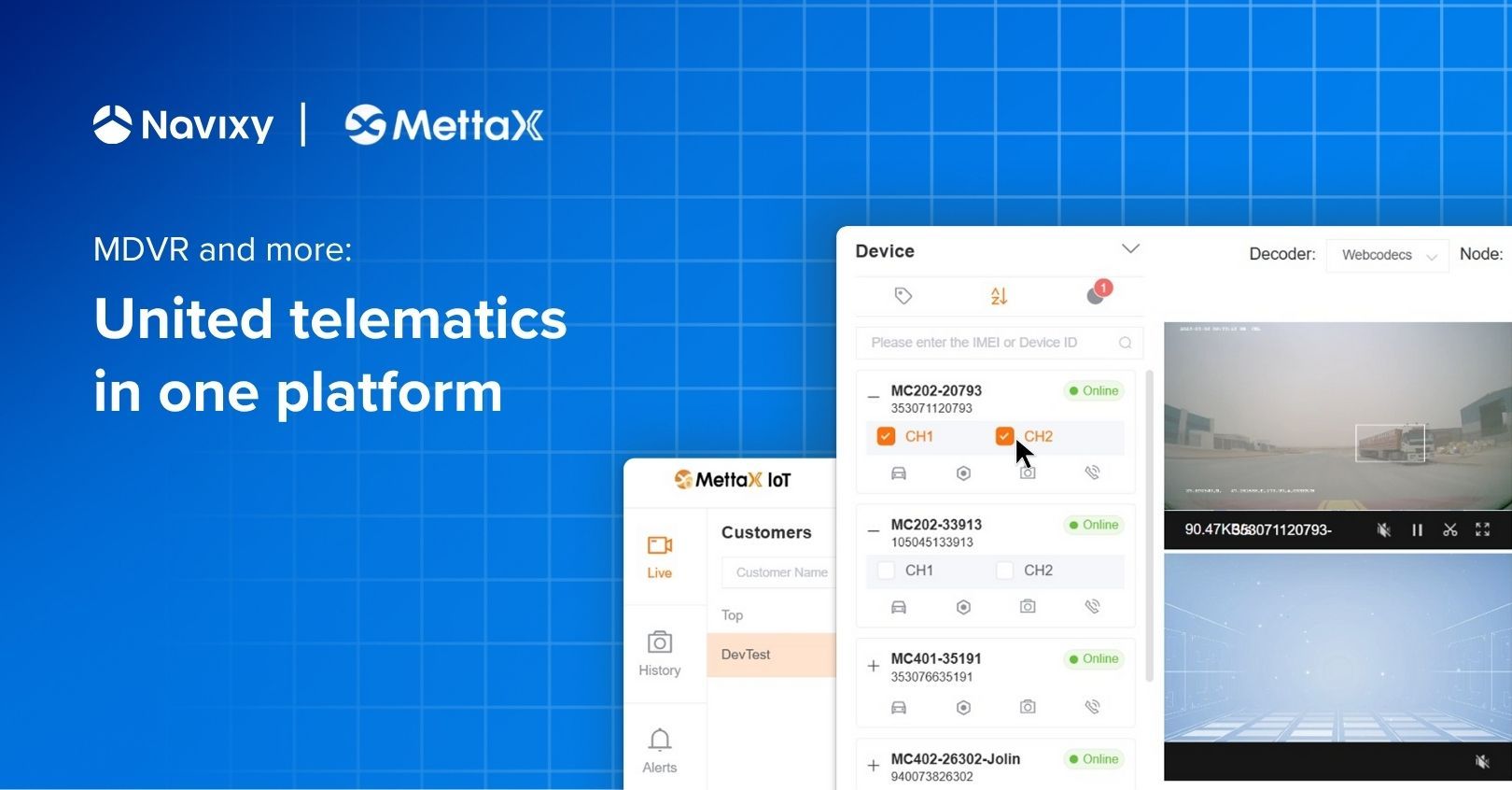
Video telematics, with the rise of mobile digital video recorders (MDVRs), has greatly improved fleet management and become invaluable in every scenario where safety, responsibility, and a clear view of operations are critical. However, when businesses use multiple types of devices from different vendors, data might end up scattered across platforms.
The integration of the MettaX video solution into Navixy allows businesses to have all their video and non-video telematics data from multiple devices in one place and operate without switching tabs.
Let's look at it in more detail.
Why demand for MDVRs keeps rising in video telematics
Since their introduction, mobile digital video recorders (MDVRs) have experienced steady and growing demand. What began as basic video recording systems has continuously developed into sophisticated tools that improve safety, compliance, and operational insight. Interest in MDVRs has only strengthened as their capabilities expand, driving significant growth across the fleet management market.
The market data confirms this trend:
- The global video telematics market was valued at US$1.5 billion in 2024 and is projected by Precision Business Insights to reach US$4.8 billion by 2031, exhibiting a compound annual growth rate (CAGR) of approximately 17.8%.
- In terms of unit adoption, Mordor Intelligence expects the installed base of active video telematics systems to grow from 9.74 million units in 2025 to 22.19 million units by 2030.
- In Europe and North America alone, Berg Insight forecasts the active installed base of video telematics systems will grow from almost 7.7 million units at the end of 2024 to 17.1 million by 2029.
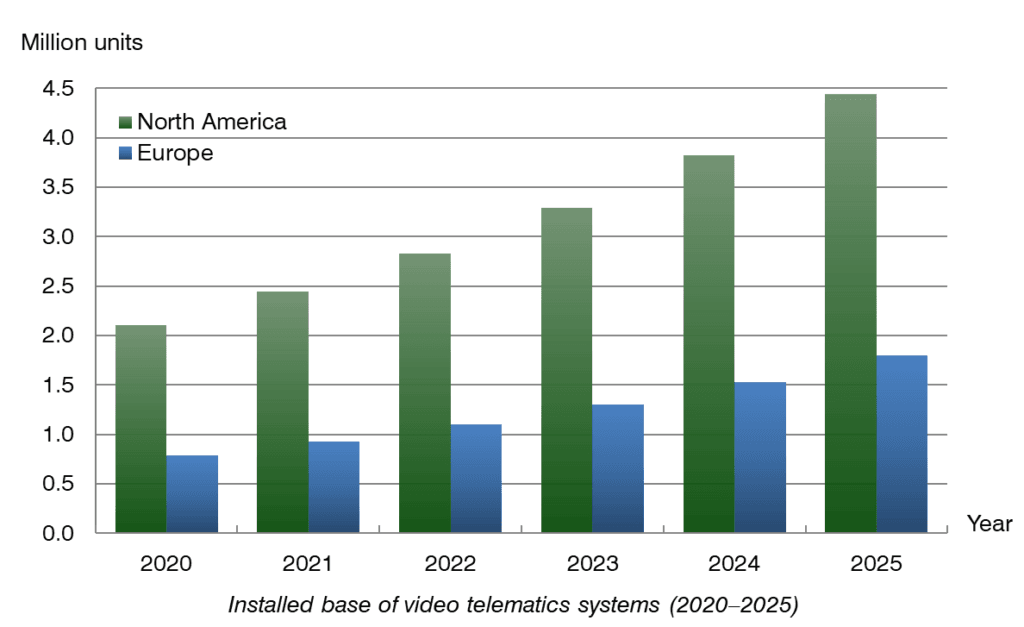
Based on the data, the growth of the video telematics market appears strong and steady. Forecasts from multiple trusted sources in terms of market size and device adoption are closely aligned. With such consistency, it's clear that this segment will continue expanding rapidly in the coming years.
Key MDVR features driving market growth
This strong growth isn’t just based on abstract demand but on specific MDVR technologies that solve real challenges for fleets.
AI powering safety. Today's MDVRs combine features that allow to minimize risk of accidents. Advanced driver-assistance systems (ADAS) detect and warn about events like lane departure or forward collision, and driver monitoring systems (DMS) notice and signal fatigue or distraction.
Irrefutable video evidence. MDVR recordings provide objective proof during accident investigations, helping to defend against false claims, speed up insurance processes, and reduce legal costs.
Compliance and regulation monitoring. Video recordings help track speed limits, routes, and company policies, supporting better driver discipline.
Effective driver coaching. Video analytics identify risky maneuvers and common mistakes, offering clear material for briefings and tailored training.
Theft and misconduct prevention. Continuous video monitoring of vehicles and cargo deters wrongdoing and supports incident investigations.
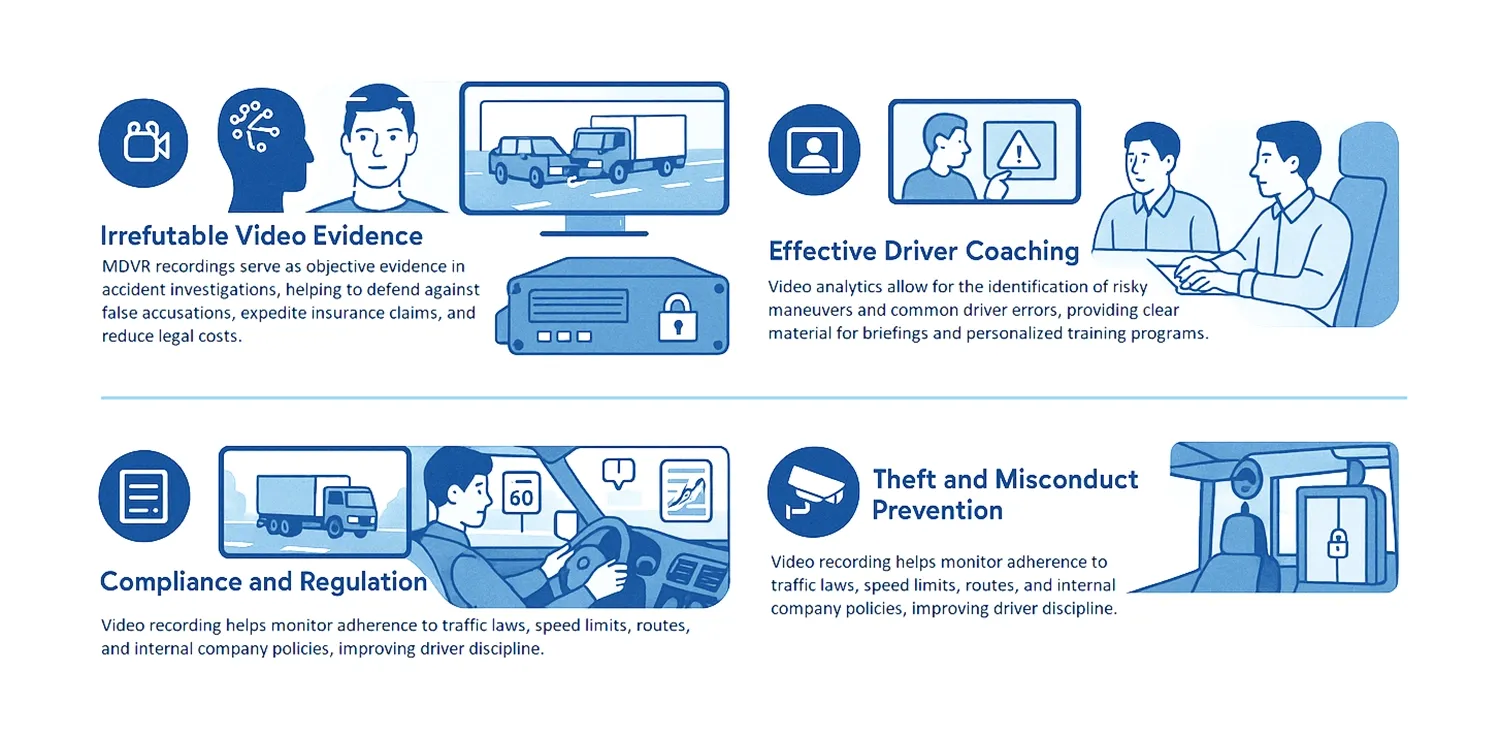
These practical benefits are turning video telematics from a nice-to-have feature into standard equipment for fleet owners focused on safety and efficiency.
MDVR limitations, and how Navixy helps overcome them
Despite their many advantages, traditional MDVR-based solutions often come with a major limitation: vendor lock-in. Because these systems typically require using proprietary software tied to the hardware manufacturer, users are restricted to that vendor’s platform.
While some MDVRs can pull data from vehicle sensors through the CAN bus—things like speed, fuel level, or engine status—they often don’t capture all the telematics data companies depend on. That’s why many fleets also install GPS trackers or other sensors from different vendors to fill in the blanks.
The problem is, these devices might run on separate platforms. For example, a fleet manager might want to check a video clip and see what the driver was doing when fuel suddenly dropped or a harsh brake happened. If the video and sensor data come from different systems, that’s not so easy. They might need to switch between platforms or even build a workaround to get both sets of data in one place. And when information is scattered like that, it’s easy to miss something important. You don’t get the full story, just pieces of it.
How does Navixy handle it?
The Navixy platform successfully addresses this problem by offering a universal approach supporting a wide range of hardware and software integrations. It allows companies to freely choose the best equipment for their needs without worrying about compatibility with a single software center.
Besides solving the vendor lock-in problem, Navixy enriches the functionality of Mettax MDVRs with its own advanced features, allowing for the use of their full potential.
In-depth analytics and reporting
Navixy provides powerful tools for data analysis, including driving style assessment based on GPS data and video analytics (e.g., counting ADAS/DMS incidents over a period), and generating detailed reports.
Notification system and geofences
Configuration of instant alerts for critical events recorded by MDVRs (accidents, SOS button activation, geofence exit, etc.).
Mobile applications
Full-featured mobile apps for iOS and Android provide access to data and video anytime and anywhere.
API and SDK
For deep customization and integration with other corporate systems (ERP, CRM, etc.), Navixy offers open APIs and SDKs.
IoT Logic
A tool for low-code data processing and creating custom automation scenarios without complex programming.
That’s to say, Navixy doesn’t just support MDVRs but connects them with other devices and services to build a more flexible and capable fleet management system.
How does Navixy integration with MettaX work?
The successful integration of complex systems, such as MettaX MDVRs and the Navixy telematics platform, requires reliable and modern technological solutions. Two things make this connection work - webhooks and IFrames. Webhooks instantly send event data when something happens, and IFrames let the video feed show up right inside the platform. Here's how they come together to build a smooth and effective video telematics setup.
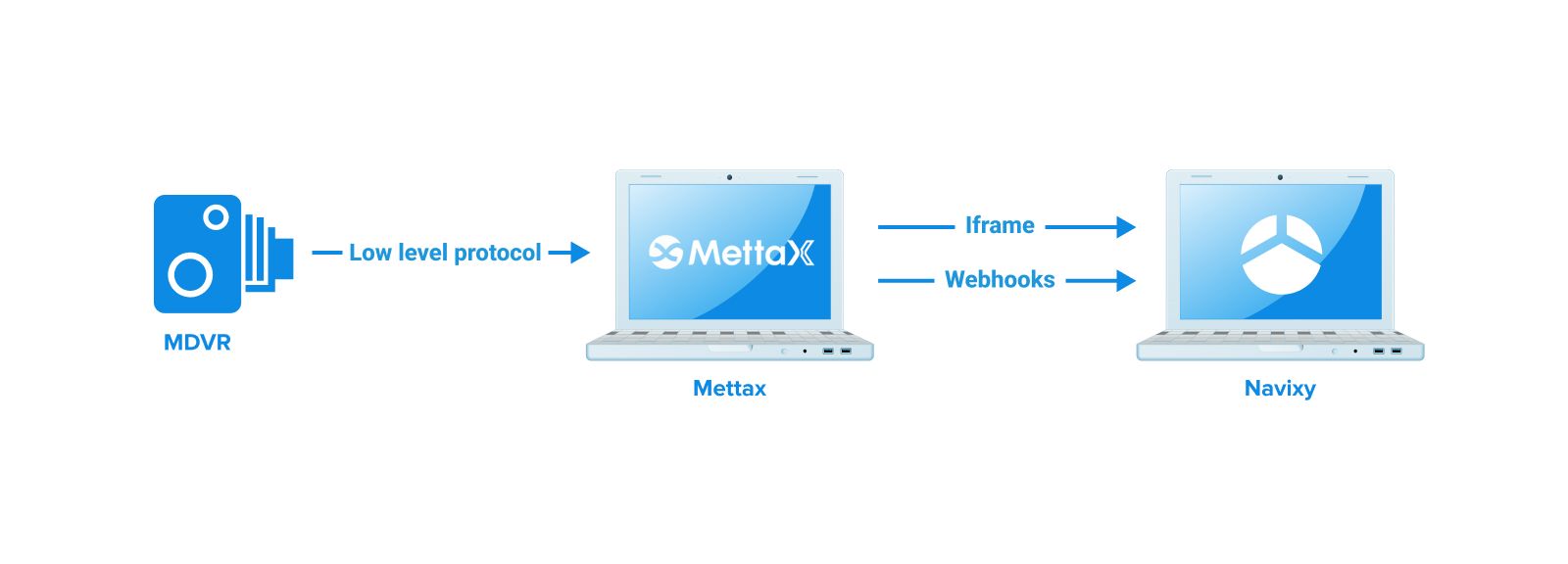
What webhooks do
Webhooks are a technology that allows to automatically send real-time notifications and data from one system to another as soon as a specific event happens.
In the context of the MettaX integration to the Navixy platform, webhooks serve several crucial functions:
- Instant GPS data transmission. The MettaX automatically sends current GPS data (coordinates, time, speed) to the Navixy platform via webhooks. This occurs upon significant location changes or at set intervals, enabling real-time tracking and reducing server load compared to constant device polling.
- Instant alerts delivery. When the MettaX detects critical events (like harsh braking, speeding, ADAS/DMS signals, or a panic button press), details (event type, time, location, optionally a media file link) are immediately transmitted to Navixy via a webhook. This allows fleet managers to react promptly and manage risks effectively.
- Digital input/output data delivery. Changes in the status of digital sensors connected to the MettaX MDVR (e.g., door openings, equipment operation) or confirmations of commands executed for digital outputs are instantly relayed to the Navixy platform using webhooks. This provides Navixy with up-to-date information on peripheral device status and enables automated responses.
Advantages of using webhooks
- Real-time operation. Ensures immediate reaction to events, which is critical for safety.
- Efficiency. Reduces system load compared to constant polling for new data. The MettaX server sends data only when something has happened.
- Process automation. Allows for the automation of workflows and information exchange between the MDVR and the platform.
What IFrames (inline frames) do
An IFrame is an HTML element that allows one web page (or part of it) to be embedded within another.
In video telematics integration, IFrames are used for:
- Displaying video streams. Live video streams from MettaX cameras are embedded directly into the Navixy platform interface using an IFrame. This allows the user to view video without leaving the main Navixy work environment.
- Exporting historical video by date-time. Allows selecting cameras to show the video for a specific date/time range, finding, and exporting archived recordings at Navixy.
- Viewing video by alarm event. MettaX logs alarm events (motion, line crossing, etc.) and allows filtering the archive by event type, date, and camera to quickly play back event-related video within the Navixy platform.
- User interface integration. Control elements or specific MettaX setting panels could be made accessible within Navixy via an IFrame.
Advantages of using IFrames
- Seamless user experience. Users get access to all necessary functions, including video, in a single interface, which improves ease of use.
- Simplified interface integration. Allows displaying content from another system without needing a complete redesign of one's own interface.
- Content isolation. In some cases, it can help address security issues and the separation of responsibilities for displayed content.
Together with other integration methods such as APIs and SDKs, which, as mentioned, Navixy actively provides, webhooks and IFrames create a flexible and powerful environment for close interaction between MettaX solutions and the Navixy software platform. It provides end-users with timely access to critically important information and convenient tools for its analysis and use.
Why did we choose MettaX? What makes it a reliable MDVR partner?
It’s worth mentioning that we first used the webhooks and IFrame technology in our MettaX integration. This was a new approach for us, making the connection between systems faster and more seamless. Unlike our usual device-level integrations, this was a platform-level integration—allowing us to link entire systems rather than just individual devices. We wanted a partner that could bring real value to our customers, and that’s how the idea of working with MettaX came about. MettaX stands out in the MDVR space thanks to a strong set of advantages that benefit both the platform provider and end users.
Advanced AI capabilities
MettaX devices come with smart systems like ADAS, which warn about lane departures, forward collisions, and close following. Many models also include DMS to spot signs of fatigue, phone use, smoking, and other distractions. Some even offer Blind Spot Detection for added safety.
High-quality, multi-channel video recording
MettaX MDVRs usually support multiple camera channels—4, 8, or even 12—and record in high definition, often 1080p. This allows for clear, detailed footage from different angles around the vehicle.
Robust and reliable hardware
Designed with the rough realities of vehicle use in mind, MettaX hardware is built to last. Various storage options include dual SD card slots, SSD support, and large-capacity HDDs, allowing for more flexibility. MettaX uses efficient compression H.265 and H.264 technologies to save space and bandwidth without sacrificing video quality.
Comprehensive product range for diverse needs
From small fleets to complex logistics operations, MettaX offers a wide selection of MDVR models to meet different needs. This range makes it easier for telematics platforms to provide tailored solutions that match the operational scale and budget of their customers.
MDVR solutions from Mettax:
| Name | Features | Image |
|---|---|---|
| MettaX MC201 | - Dual-lens Recording with 2K Lens - Driver Monitoring System (DMS) - Real-time Tracking - High Sensitivity 6-axis Gyroscopes - Remote Video Surveillance - Advanced Driver-assistance System (ADAS) - SOS Alert - Unique Cylindrical Design |
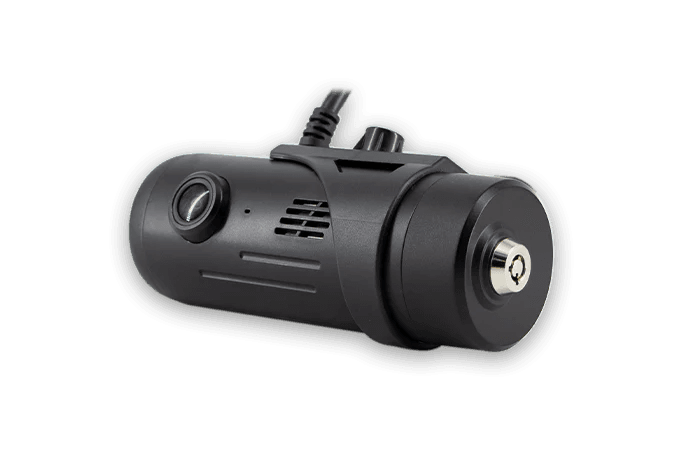 |
| MettaX MC202A | - Reliable Witness for Accident - 1-CH Recording with ADAS - Remote Video & Audio Surveillance - Expanded Storage - Extension Interface - Easy to use |
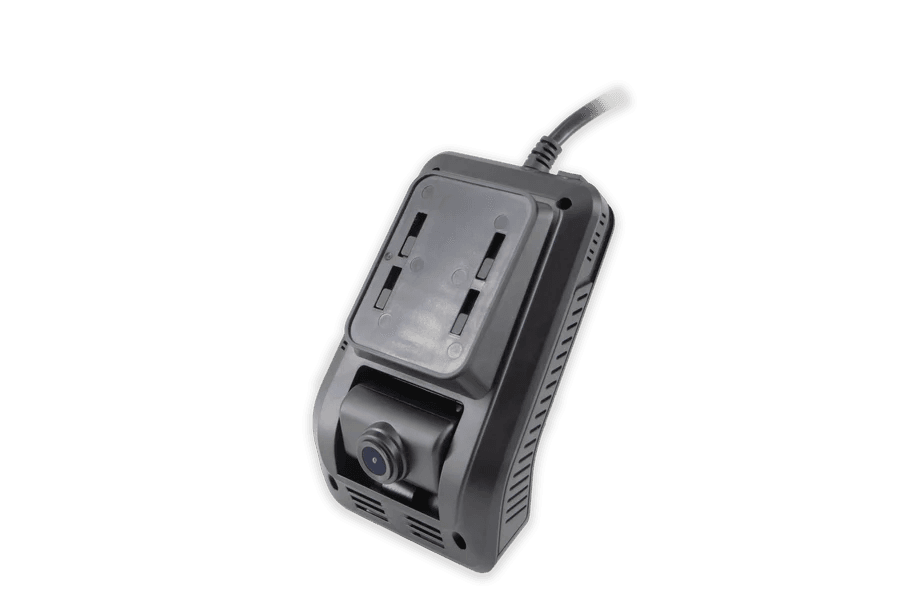 |
| MettaX MC401 | - Reliable Witness for Accident - 4-CH Recording with DMS and ADAS - Remote Video & Audio Surveillance - Expanded Storage - Extension Interface - Easy to Use |
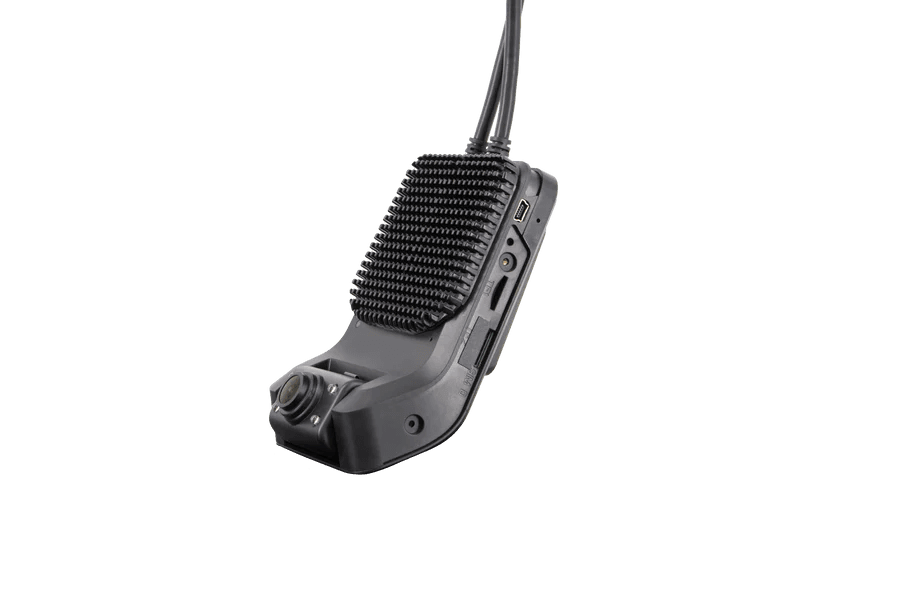 |
| MettaX MC904 | - 4-CH Camera - H.265/H.264 encode - Multiplex I/O - Large Memory - AI Algorithm - Convenient Operation |
 |
| MettaX MC908 | - 8-CH Camera - H.265/H.264 encode - AI Algorithm - Large Memory - Built-in Wi-Fi - Multiplex I/O |
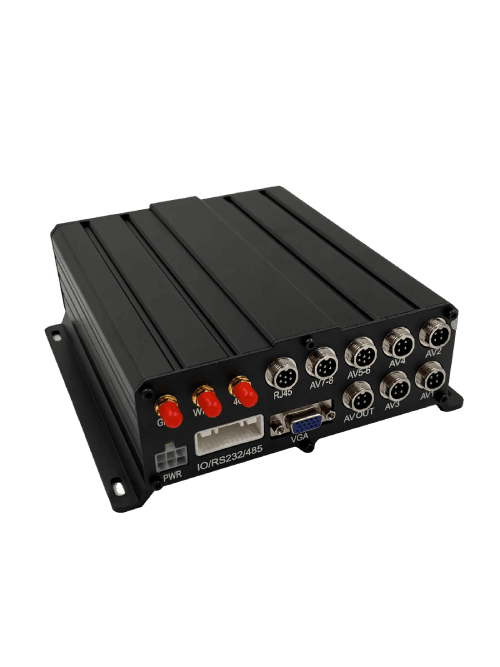 |
| MettaX MC912 | - Activated Devices - AI Algorithm - H.265/H.264 encode - Large Memory - Multiplex I/O - Convenient Operation |
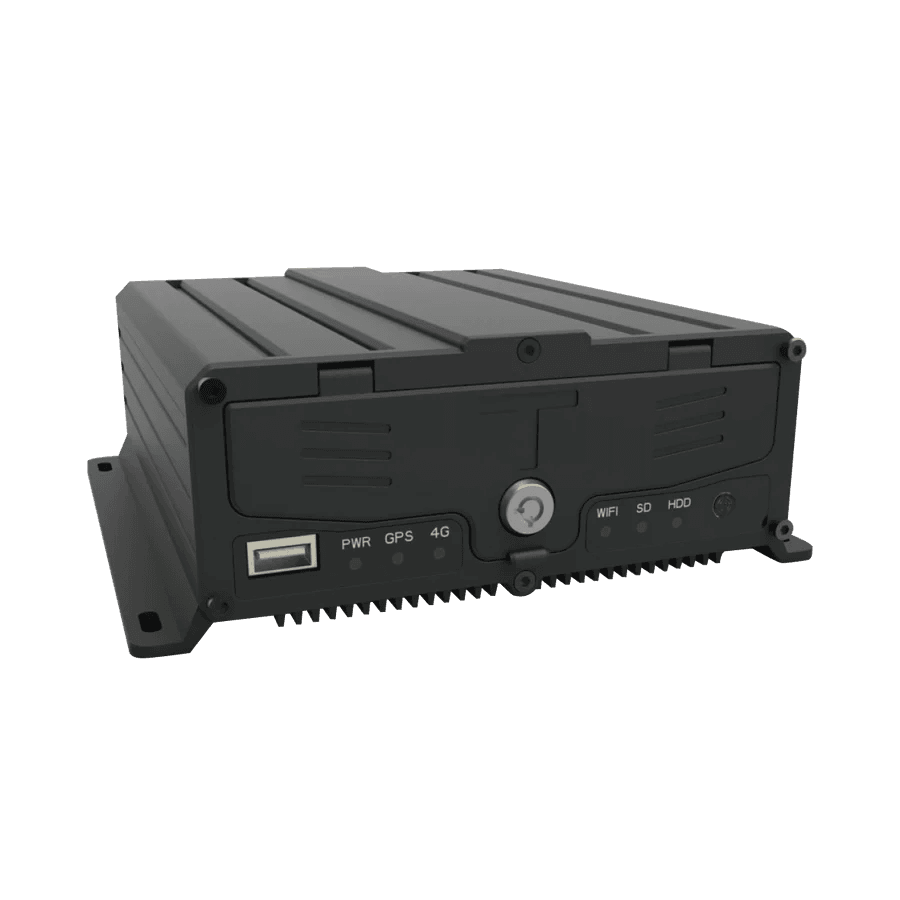 |
You can see the full list of MetaX devices integrated with Navixy on our website.
By choosing MettaX, telematics platforms can confidently offer their clients cutting-edge video hardware that is reliable, feature-rich, and capable of delivering the detailed visual intelligence needed for modern fleet management. This synergy allows platforms to enhance their own service offerings and provide tangible safety and efficiency benefits to end-users.
Future development plans and approach to video telematics partnership
At Navixy, we see the future of fleet management in smarter video telematics, intelligent data analysis, and tightly connected ecosystems. That’s why we’re not just adding support for more devices—we’re working toward deeper integrations with advanced MDVR systems.
These integrations go beyond basic compatibility. They let us interact more closely with device features like AI-powered video analysis, bring richer insights into the platform, and offer our users smarter tools to boost safety and efficiency.
But there’s more to this strategy. Navixy is a flexible and open platform, which means we're not tied to any single hardware vendor. We believe in connecting with smaller or niche manufacturers too—because it benefits everyone. They get access to a broader market, and our users get more choice and cutting-edge features, all in one place. And we stay focused on what matters most—making sure everything works smoothly, together, in one place.
We’re actively expanding integrations with leading video telematics providers—and strengthening the one with MettaX is just the beginning. More updates are on the way.
Do you believe your business could benefit from Navixy-MettaX or more video solution integrations with Navixy? Drop us a line, and we’ll discuss.
